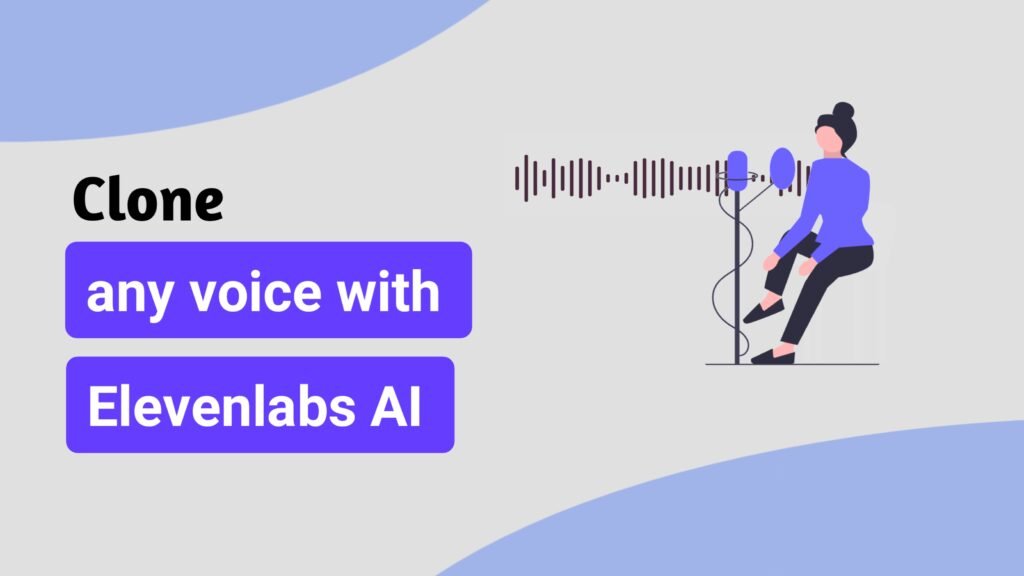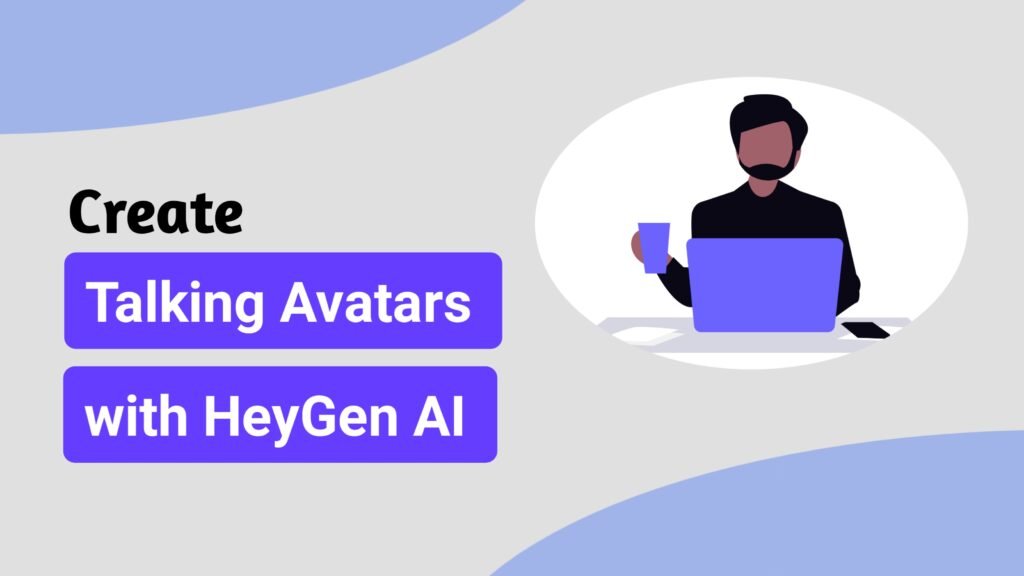Introduction
Machine learning is the art of teaching computers to find patterns and make decisions from data. For someone aged 10 to 18, that means you can start small learning how to think like a problem solver and grow into building real models that classify images, analyze text, or predict outcomes. I’ll give you a clear, step-by-step path from beginner to pro, with the exact skills to learn, simple exercises, project ideas, tools to use, and how to show your work. Read it like a roadmap: follow the steps, build projects, and repeat. I’ll keep explanations simple and practical so you can start coding and creating quickly.
Why Machine Learning Is Important for Kids
Machine learning for kids is important because it teaches problem-solving, logic, and creativity in a fun way. Kids learn not only how to use technology but how to build it. Through simple projects like sorting photos, predicting weather, or identifying shapes children can see how data becomes useful information. It also helps them develop critical thinking, as they learn how to test ideas, find mistakes, and improve results. Learning these concepts early builds a foundation for future careers in technology, science, and innovation.
How Machine Learning Helps in Real Life
Machine learning is everywhere around us. It helps YouTube suggest videos you might like, helps doctors detect diseases early, and even assists cars in driving themselves safely. When children understand how machine learning works, they realize that technology is not magic it’s logic and learning combined. Machine learning for kids makes it easier to understand why digital tools behave the way they do and encourages them to imagine how they could make those tools even better. For example, they might design a system that recommends books to readers or helps teachers grade assignments faster.
Fun Projects with Machine Learning for Kids
One of the best things about machine learning for kids is that it can be taught through fun and creative projects. Kids can use beginner-friendly tools like Scratch, Teachable Machine, or Google AI Experiments to explore how data works. For instance, they can create a model that recognizes hand gestures, classifies colors, or even generates funny drawings. These small projects show that anyone, even without advanced coding knowledge, can understand and use machine learning. It turns learning into play, helping kids stay curious and confident as they build new ideas.
The Skills Kids Develop Through Machine Learning
Learning machine learning for kids develops more than just technical skills. It teaches patience, teamwork, and problem-solving. Kids learn how to think logically, analyze data, and approach challenges step by step. They also learn that making mistakes is part of learning each test or error brings them closer to better results. These are skills that help in every area of life, not just technology. It prepares them to think critically, ask good questions, and come up with creative solutions to real-world problems.
Career Opportunities in Machine Learning
As technology keeps growing, professionals who understand machine learning are in high demand. Learning the basics at a young age gives kids a big advantage when they enter the job market later. Today, machine learning experts work in areas like healthcare, finance, robotics, gaming, and digital marketing. They design systems that help businesses make smarter decisions and improve user experiences. With experience, these skills can lead to roles such as AI engineer, data scientist, or machine learning researcher. This shows that machine learning for kids is not just fun to learn it’s a powerful career skill for the future.
How Much You Can Earn with Machine Learning Skills
Machine learning is one of the highest-paying skills in the tech world. Even entry-level professionals can earn between $80,000 and $100,000 per year, while experienced machine learning engineers often earn over $150,000 annually. Freelancers who know machine learning can also work with multiple clients and build their income independently. By learning machine learning for kids early, children can start exploring these skills long before entering the job market. Over time, that early knowledge can lead to well-paying and meaningful careers in one of the fastest-growing fields in technology.
Easy Ways for Kids to Start Learning Machine Learning
The good news is that machine learning for kids doesn’t require complex tools or advanced math. There are many free and simple platforms that make it easy for kids to get started. Tools like Teachable Machine by Google allow children to upload pictures, train a model, and see how the computer learns all with a few clicks. Online courses and kid-friendly AI games also make it fun to experiment. Parents and teachers can join in to guide them, turning it into a creative family or classroom activity. Starting early builds confidence and sparks an interest in how technology really works.
Why Machine Learning Builds the Future
Learning machine learning for kids helps shape the next generation of innovators. Kids who understand how AI works will be better prepared to solve problems in the future like making smarter robots, improving healthcare systems, or protecting the environment using data. This knowledge also helps them become responsible creators, thinking carefully about how technology should be used. They learn the importance of fairness, privacy, and accuracy in AI, which are key topics for the future of society. When children understand how to teach computers, they can dream bigger and create tools that make life better for everyone.
Conclusion: The Power of Learning Machine Learning for Kids
In simple terms, machine learning for kids is about more than teaching computers it’s about teaching children how to think. It helps them understand the world of technology, prepares them for exciting future jobs, and encourages creativity and problem-solving. Whether they want to become engineers, designers, scientists, or entrepreneurs, knowing how machine learning works gives them a strong foundation. And as AI becomes part of everyday life, those who start learning now will have endless opportunities ahead. By exploring, experimenting, and staying curious, kids can build a bright future powered by their imagination and the possibilities of machine learning.


